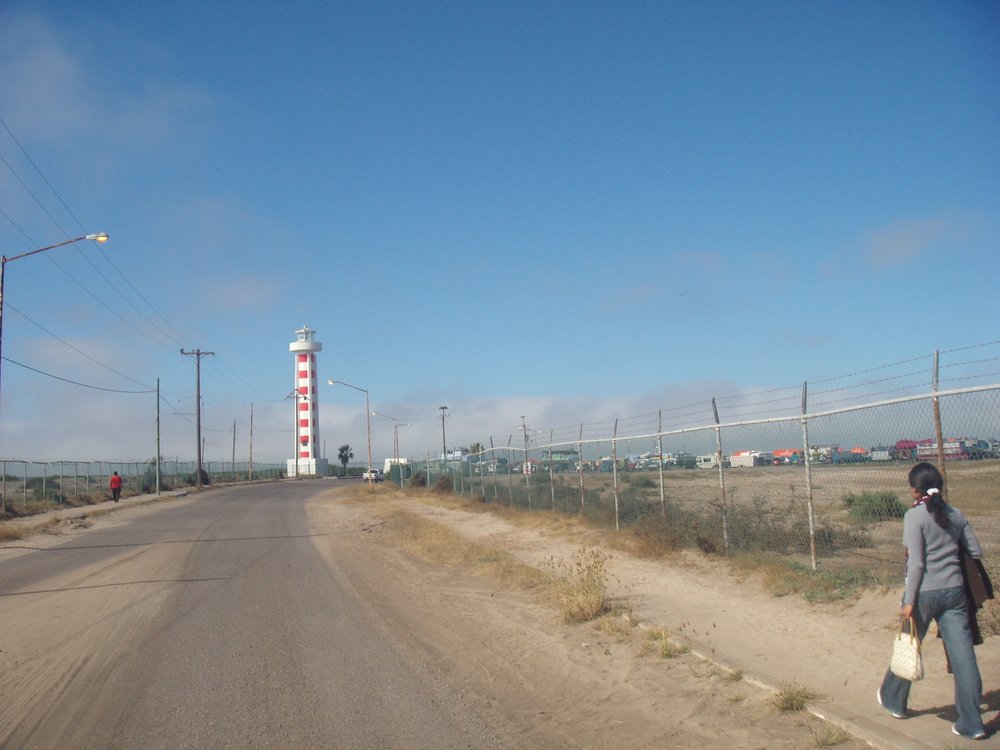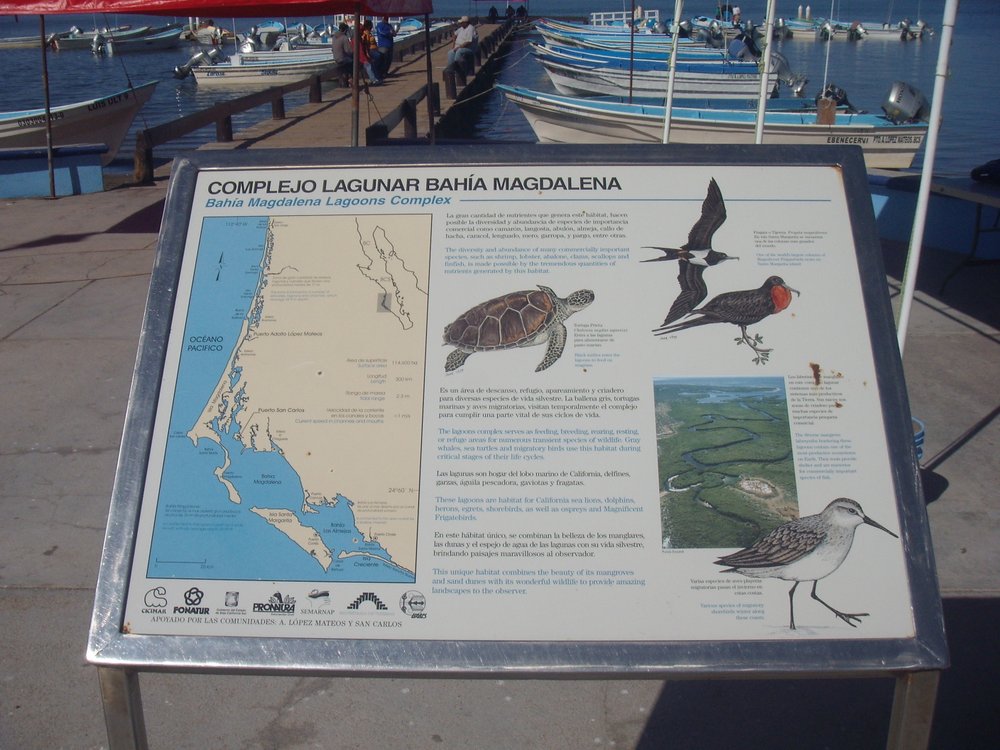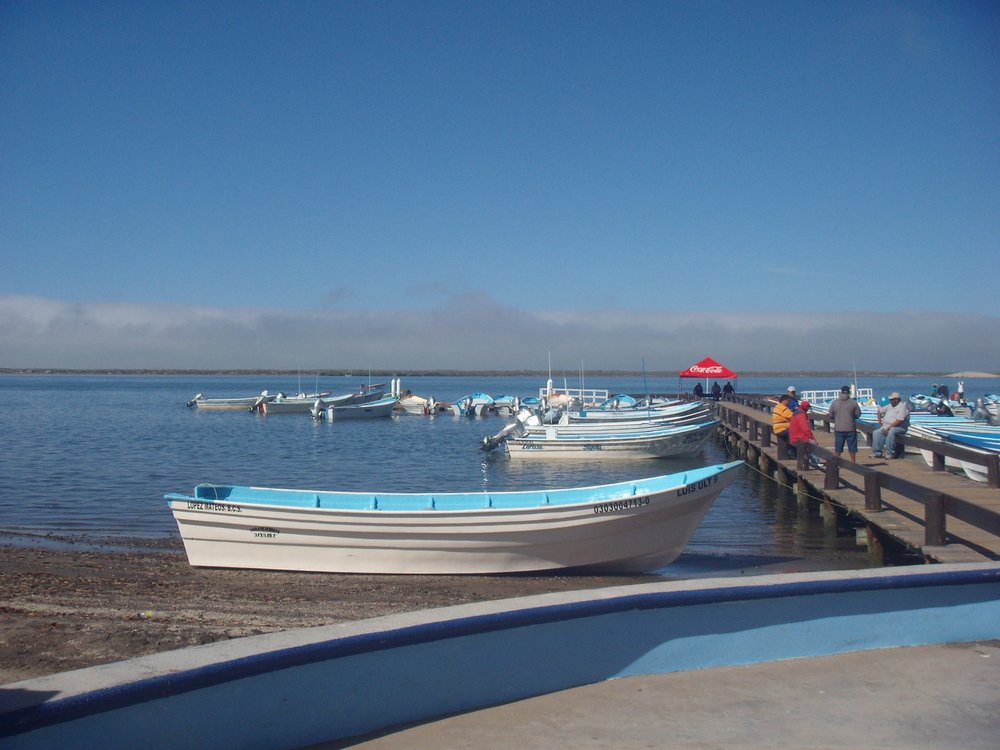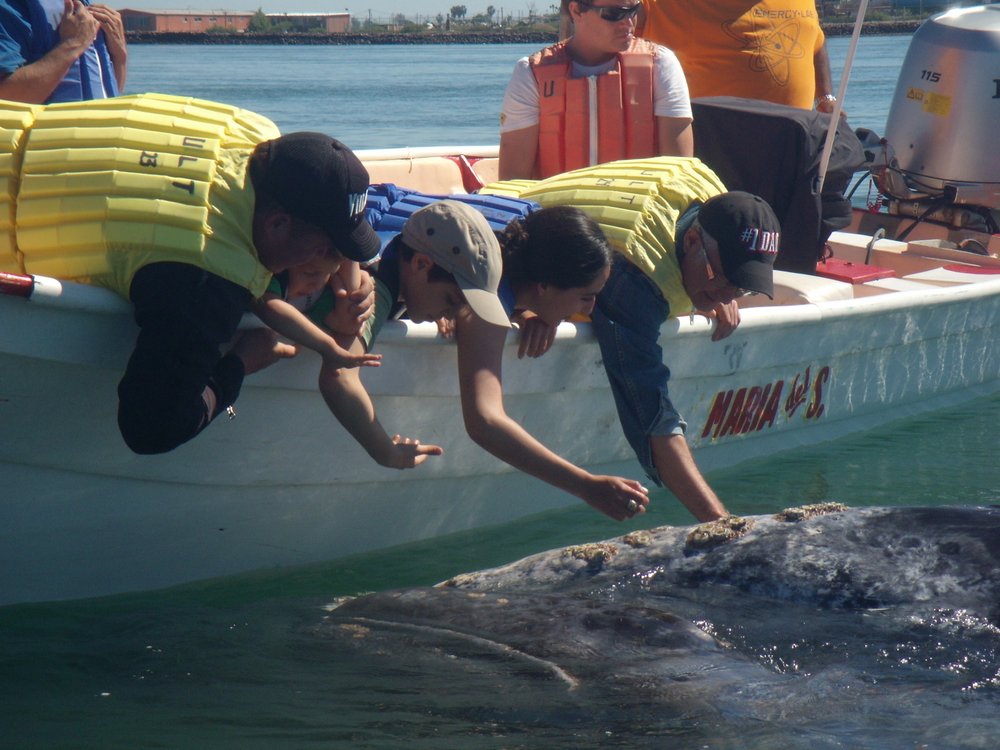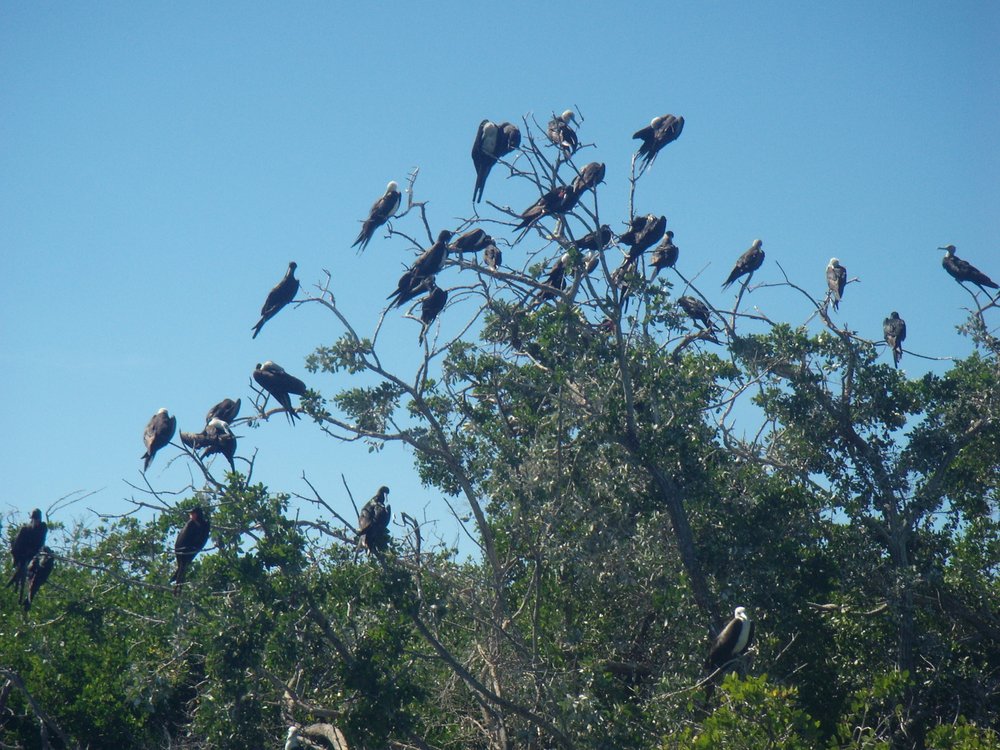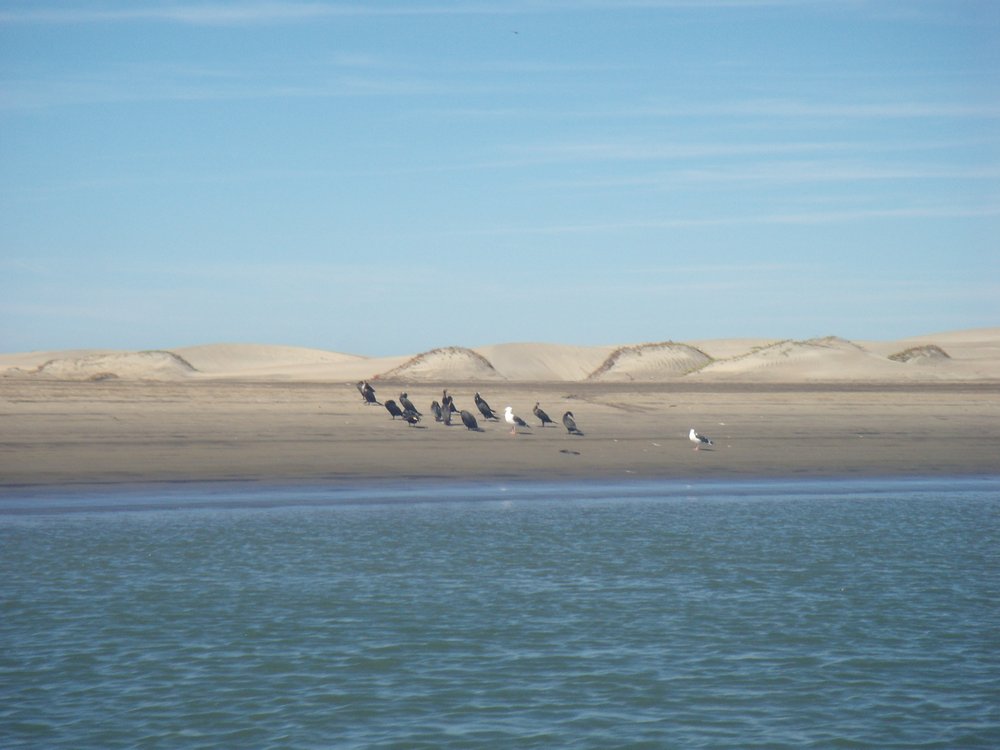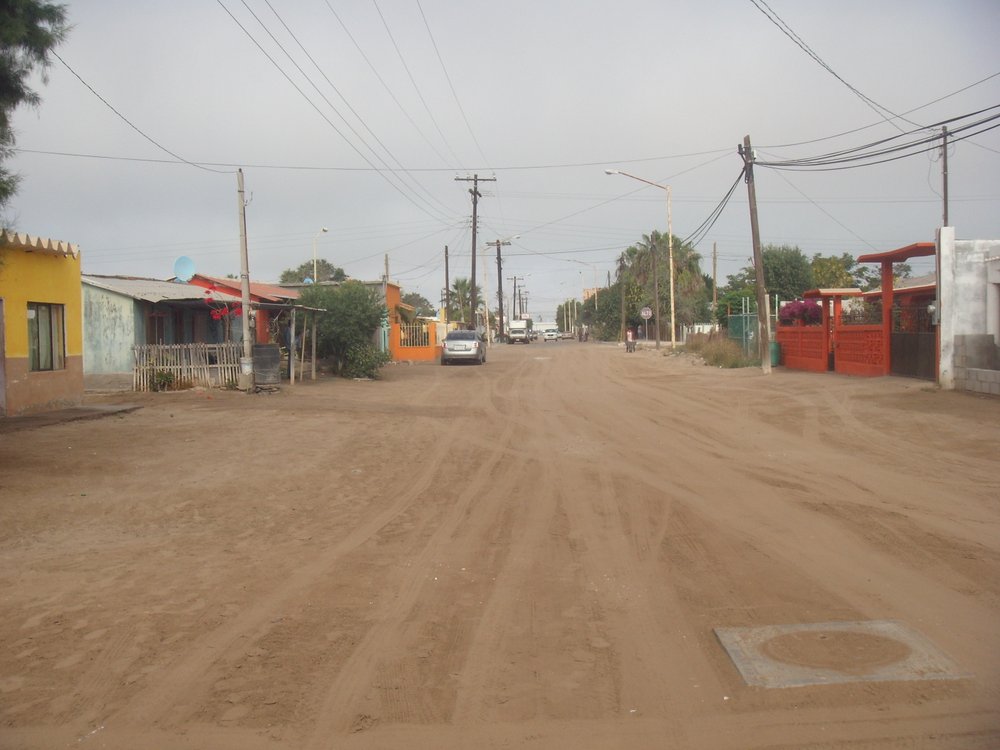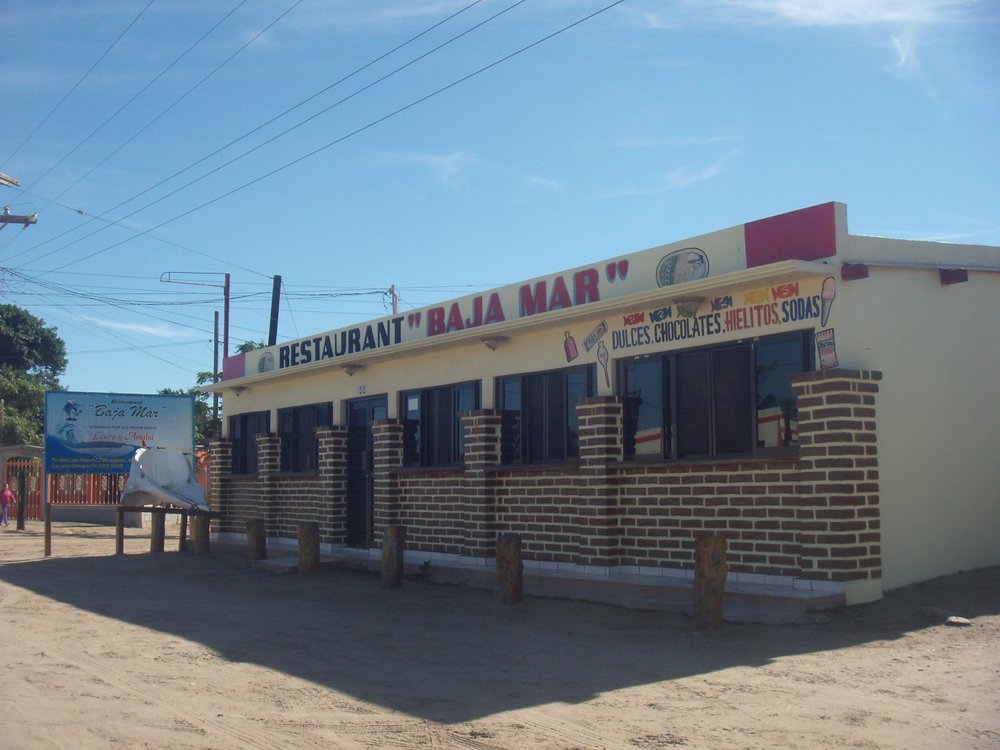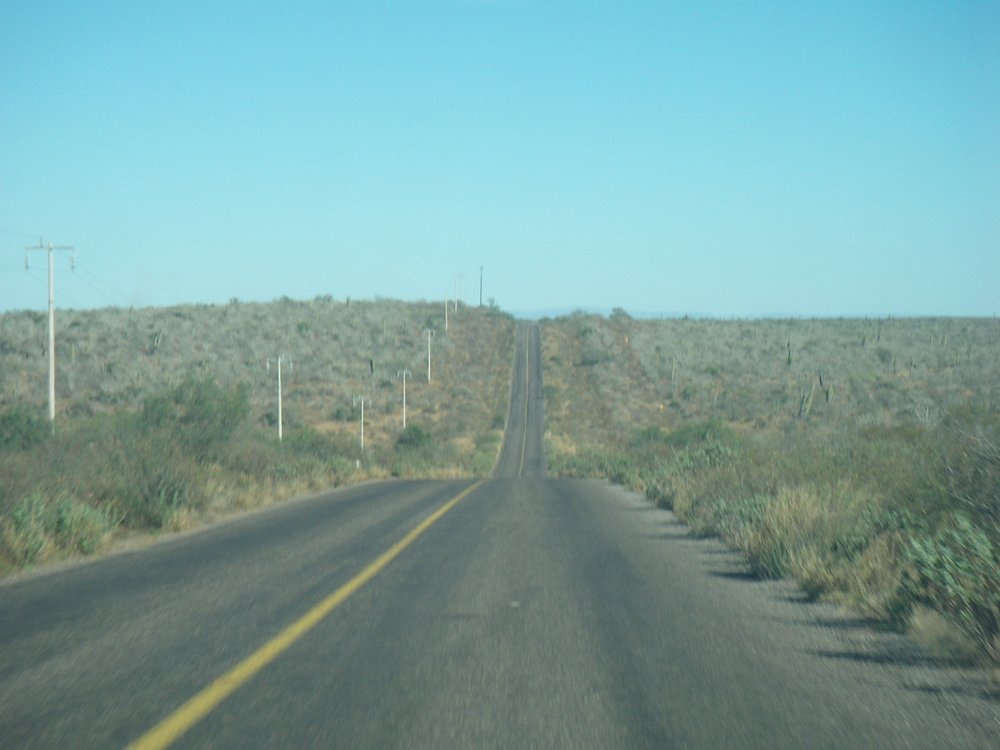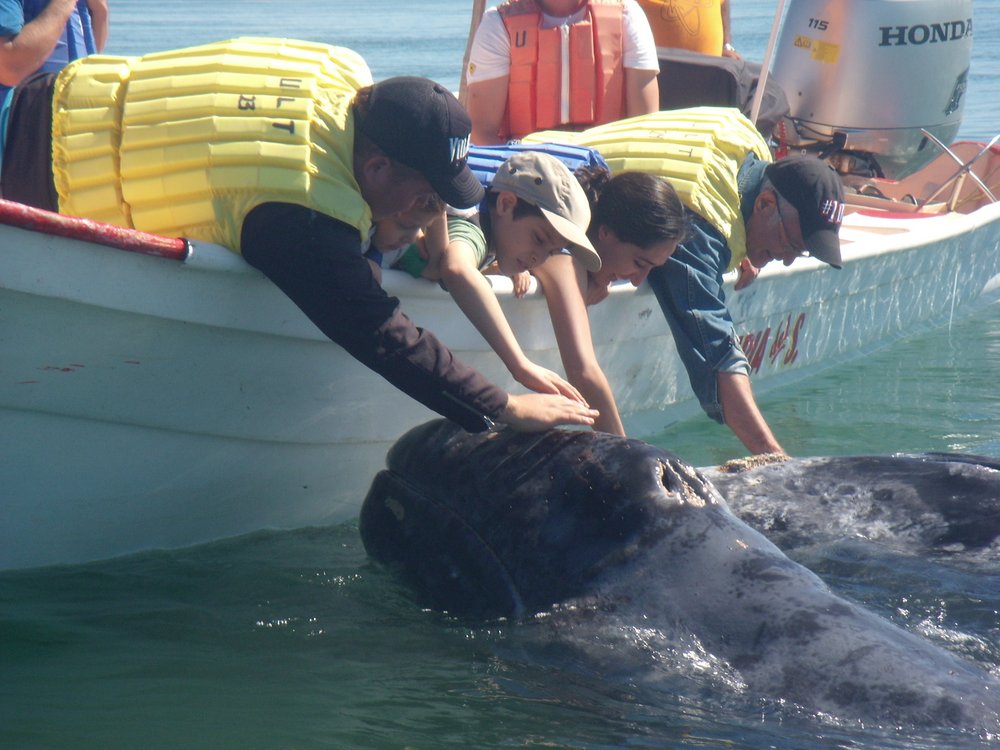
We tend to think of three locations when we talk about the winter calving lagoons for the California Grey Whales that lie on the Pacific coast of the Baja California peninsula : Laguna Ojo de Liebre (Scammon’s Lagoon) in Guerrero Negro, Laguna San Ignacio and Bahia Magdalena. Magdalena, however, isn’t really a single location at all, but a 300km long complex of lagoons, and therefore there is more than one option for those who wish to visit: the largest is Puerto San Carlos (population 4,700) to the south, which is favoured by daytrippers from Los Cabos and La Paz. Less than half the size and less visited is Lopez Mateos (population 2,000), but small can be beautiful and in this case makes for a relaxed whale watching experience at least the equal of what is available elsewhere.
Puerto Adolfo Lopez Mateos, to give it its full name, lies at the end of a 40km road which extends due west from Ciudad Insurgentes on the transpeninsular highway (Mex 1). The road is pretty straight, your only real hazard is the cattle which congregate nearby, particularly at night, so drive with caution. Bus services run several times a day in either direction from Insurgentes. A small town with many roads still unpaved, facilities are rudimentary, but this only adds to the appeal. There are few places for overnight stays, but the proximity of Insurgentes provides another accommodation option, or you could make a detour en route from Loreto to Ciudad Constitucion/La Paz. The season officially runs from mid December to mid April.
Once in town, head for the "Embarcadero Ballenas" near the cannery at the northern end of the town, look out for the red and white lighthouse as a nearby landmark. A small number of buildings house the organisations that can take you out onto the lagoon from the nearby pier. English is spoken, though Spanish is better! The service is friendly and knowledgeable. You can hire a boat for 900 pesos an hour (capacity twelve) or you can wait for enough people to assemble and pay 150 pesos for an hour in a shared boat.
The complex of lagoons at Bahia Magdalena is formed by a series of sand bars which separate its beautiful blue waters from the Pacific Ocean, which makes it longer and thinner than Ojo de Liebre and San Ignacio to the north. This means you don’t have to sail far before you encounter whales. In these pictures you can see the pier and the cannery in clear view, and you can be in close contact with whales little more than ten minutes after setting off from shore. It is a much smaller place than the other locations, therefore it has a smaller whale population, but it is it a numbers game? Is it about how many whales you see, or how close you can get to one or two of them?
This is the only whale species that actively seeks physical contact with people. On this occasion a cow was only too happy to present her calf to us for petting. "How old is the baby?" I asked our boatman (in Spanish, of course!). "About five days" came the reply. At birth they weigh from 500-700kg and measure 3.5 to 4.5 metres. Adults measure up to 15m and can weigh 36 tonnes.
The lagoon complex is notable not just for its whale population during the winter months, but also for other wildlife above and below the water’s surface. Shrimp, lobster, abalone, clams, scallops and flatfish all feed on the nutrients generated by the natural habitat, whilst significant numbers of sea turtles, sea lions and dolphins are also present. Prominent bird species include herons, egrets, ospreys and a large colony of frigate birds.
Puerto Adolfo Lopez Mateos is the perfect solution for those who want to encounter whales in a more intimate, no frills location, without the larger crowds of the other whale watching locations.
More details of our Baja California tours are on our home page.
If you found this post interesting, inspiring and/or useful, you can subscribe using the simple sign-up form at the top of the page!!!
(Article last amended June 2018)
